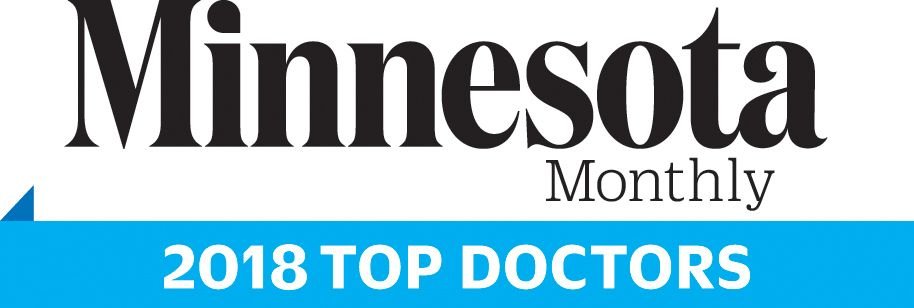Intradiscal Stem Cell Treatment for Back Pain
Intradiscal Stem Cell Treatment for Back Pain
If you are suffering from low back pain due to Degenerative Disc Disease, have had previous back surgery and continue to experience pain and discomfort in the back and leg. You may be able to utilize intradiscal therapy to decrease inflammation, reduce pain, improve hydration as well as increase disc height. Intradiscal therapy is becoming a viable alternative to spinal fusion surgery for many patients suffering from Degenerative Disc Disease (DDD). Central back pain, which can commonly be caused by whiplash type injuries, often results in damage to the facet joints. Like other joint damage, facet joints can be treated with stem cells.
Am I a Candidate for Intradiscal Injections for Back Pain
A suitable candidate for stem cells for back pain is someone who suffers from a painful disc or facet injury from overuse, trauma, or debilitating conditions such as degenerative arthritis.
Much of the early work in this field has been devoted to chronic injuries. We are also seeing dramatic improvement in recovery times for acute and sub-acute injuries. Use of stem cell treatments for back pain in the acute stages of an injury, has patients returning to activity much more rapidly with greatly decreased pain and improved mobility. Our stem cell patients have successfully and quickly returned to golf, skiing, hiking, or even marathon running.
Twin Cities Pain & Regenerative Medicine will conduct a careful history and physical examination at our facility, as well as a thorough review of appropriate imaging (x-ray and/or MRI) to determine whether your condition is suitable for stem cell therapy.
Twin Cities Pain & Regenerative Medicine uses stem cells to treat back pain due to degenerative disc disease (DDD) as well as facet joint pain.
Please note that Regenerative Medicine including PRP (Platelet Rich Plasma) and Stem Cell injection therapy is NOT FDA Approved.
What is degenerative disc disease and what are the symptoms?
Spinal disc degeneration is one of the most common causes of back pain, affecting in particular the lumbar spine (low back). Spinal discs are soft, compressible structures that separate the vertebrae of the spine. The discs act as shock absorbers, allowing the spine to flex, bend, and twist.
Sciatica is the name for the horrible leg pain that is caused when a bulging lumbar disc irritates a lumbar nerve root. The discomfort can be a combination of burning pain and numbness that responds poorly to pain medication.
There is a normal amount of expected wear and tear of our spinal discs as we age. On the other hand, arthritis, injury, and extreme wear and tear of sports can accelerate the degeneration. On a cellular level, there is continual loss of healthy cells inside the disc that is responsible for the disc’s structure. Over time, normal cells are damaged and hydration is lost, leading to tears in the internal structure of the discs.
When discs degenerate, mobility is affected and function is limited, resulting in symptoms that include stiffness, weakness, and ultimately, unrelenting pain.
Stem cell treatment of degenerative disc disease is a minimally-invasive, out-patient procedure where your own adult stem cells are harvested and injected into the damaged disc to potentially restore structure (disc height), hydration and function, and minimize pain. Twin Cities Pain & Regenerative Medicine is one of currently just a handful of pioneers practicing stem cell therapy for degenerative disc disease and sciatica in the United States.
Stem cells for sciatica is a new treatment option revolutionizing the way sciatica patients are recovering from this potentially life altering injury. Adult stem cells are now being utilized to treat the painful disc and quiet the inflamed nerve root. This minimally invasive treatment takes advantage of your bodies own stem cells – which have the possibility to reduce the nerve irritation, quiet inflammation, stop the ongoing disc degeneration and help to rebuild a healthy disc material.
What is spinal facet disease and what are the symptoms?
Spinal facet disease is one of the most common causes of neck and back pain and can cause pain at any level of the spine. The spinal facets joints are located on both sides of the back of each spinal segment. They connect each spinal level and are responsible for stabilizing the vertebral bodies and counterbalancing the intervertebral discs. The facets can be injured during acute trauma often seen in flexion extension injuries such as a whiplash event or sports accident. The surfaces of the facet joints are covered by articular cartilage and are also prone to chronic degenerative arthritis much like the larger joints such as knees and hips.
Pain that is caused by facet dysfunction is typically isolated to the back of the lumbar spine, thoracic region and neck. The discomfort can be isolated to one side or may affect both sides of the spine at once. The pain may radiate into the muscles but does not extend into the extremities like sciatic pain that is caused from a disc herniation. Typically the pain is worsened with extension and or rotation of the neck or back. Diagnosis of facet pain begins with a physical exam and imaging studies, but often requires diagnostic injection with local anesthetic and or steroid to confirm the diagnosis.
When the facet joints are injured mobility is affected and function is limited, resulting in symptoms that can mimic disc disease such as stiffness, weakness, and ultimately, unrelenting pain.
Stem cell treatment of facet disease is a minimally-invasive, out-patient procedure where your own adult stem cells are harvested and injected into the damaged joints to potentially restore structure and function, and minimize pain.
Additionally, radiofrequency lesioning can be utilized to maximize pain relief in the facet joints while the joints are undergoing the regenerative healing process.
Intradiscal Injections for Back Pain:
Placement of a needle into the vertebral disc or facet joint is a difficult and potentially dangerous procedure. This procedure should always be carried out under fluoroscopic (real-time x-ray) guidance by a physician highly trained in this technique. This is considered the gold standard for injections of the spine as it provides the highest level of safety.
Contact us
Stem Cells Therapy
Get in touch






